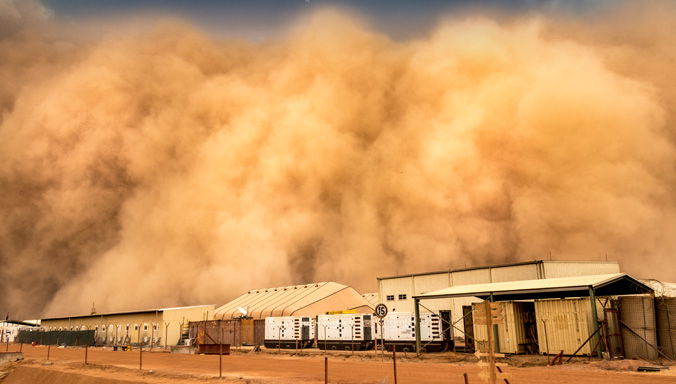Climate Change and Global Security: Innovative Solutions for Mitigating Environmental Risks

Course Content
Introduction
-
Explanation of climate change and its causes
00:00 -
Overview of the connection between climate change and global security
00:00 -
Importance of innovative solutions for mitigating environmental risks
00:00